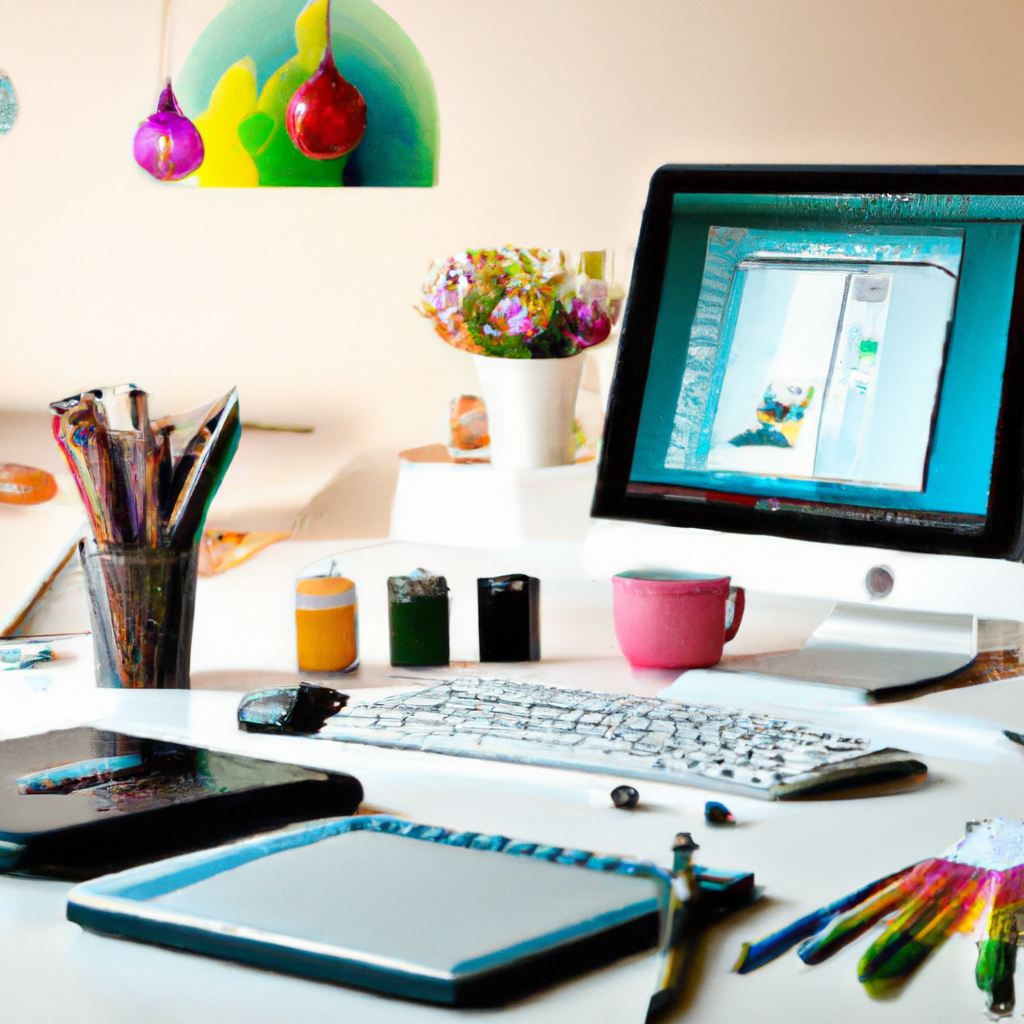
Color Psychology: The Hidden Language in Graphic Design
My Colorful Conquest
In the vibrant world of graphic design, I’ve learned that color is not just about beautification. It’s a powerful tool that elicits emotions, influences perceptions, and compels actions. This is where the fascinating realm of color psychology steps in.
The Crux of Color Psychology in Design
Why does color psychology deserve your attention as a designer? Here’s my explanation:
- Stirs Emotions: Colors can invoke a wide range of emotions in viewers. For instance, blue instills trust, red ignites passion, while green inspires tranquility.
- Influences Decisions: The strategic use of colors can guide viewers towards certain decisions, making it a powerful tool in marketing campaigns.
- Elevates Brand Identity: Consistent use of specific colors can strengthen brand recognition and set your designs apart.
Color Psychology in Action: Insights for Designers
How can you infuse color psychology into your designs? Let me share some tips:
- Understand Your Audience: Different cultures interpret colors differently. Understand your target audience and their color perceptions while designing.
- Convey the Right Emotion: Identify the emotion you want to trigger and choose colors accordingly. For example, choose blue for trust, red for urgency, or green for relaxation.
- Maintain Consistency: Once you establish your color scheme, be consistent. It will reinforce brand identity and maintain a coherent design narrative.
Experiencing Color Psychology
Take a moment to observe designs around you – be it websites, logos, or posters. You will notice the strategic use of colors to capture attention, evoke emotions, and highlight key information.
The Colorful Journey: Enhancing Design Impact
Incorporating color psychology into my designs has been a splash of revelation. It has heightened my designs’ ability to connect with viewers and communicate messages more effectively.
As I dived deeper into the relationship between color and psychology, I found myself understanding not just design but also the viewers better. Because in the world of design, color isn’t just about looking good, but also about feeling right.
For all aspiring and established designers out there, explore the power of color psychology and let your designs speak the language of colors. And remember, as designers, it is our colors that color the world of our viewers. Let’s make it memorable!